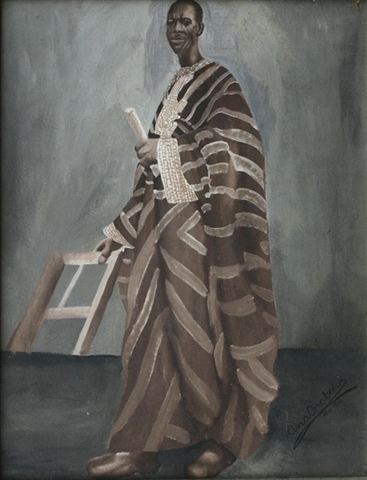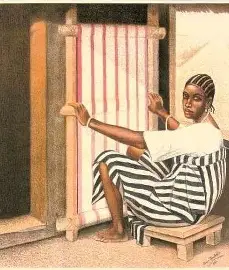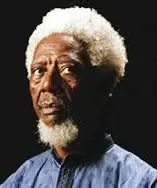When the history of modern art in Nigeria is told, one name always stands at the beginning of the story—Aina Onabolu OBE (1882–1963). He was not just an artist; he was a visionary who challenged cultural perceptions, bridged traditional techniques with modern ones, and paved the way for several generations of Nigerian artists.
Early Life and Education
Aina Onabolu was born in Ijebu-Ode, Nigeria, in 1882 to Mr. and Mrs. Yesufu Onabolu. His parents were merchants who valued education, but like many Nigerians at the time, they had a little understanding of art as a serious pursuit. While they hoped their son would focus on formal schooling and a stable career path, young Aina showed a natural curiosity and talent for drawing.

Onabolu’s passion for art began at the age of 12. At a time when most children were expected to channel their energy into trades or clerical studies, he was busy sketching portraits of friends, family members, and even public figures.
By the time he was in his late teens, Onabolu had already gained attention for his ability to paint realistic portraits. He captured the likeness of community leaders with remarkable precision, earning admiration from Nigerians and skepticism from Europeans who doubted an African could produce such sophisticated work. His determination was rooted in a quiet rebellion: he wanted to prove that Africans could match and even surpass European standards of fine art.
He painted realistic portraits of prominent Nigerians—such as Chief Oladapo Alakija and Herbert Macaulay—that rivaled the works of European artists of the time. His works were bold statements that Africans were capable of excelling in sophisticated artistic traditions.
Determined to sharpen his skills and silence critics, Onabolu traveled to London in 1920, where he studied at St. John’s Wood School of Art. He later attended the Académie Julian in Paris, one of the most prestigious art schools in the world. Returning to Nigeria in 1922, he brought back not just refined techniques but also a vision: to institutionalize art education in Nigeria.
Style and Legacy
One of Onabolu’s greatest legacies lies in education. He campaigned tirelessly for the inclusion of art in the curriculum of Nigerian schools. By the mid-1920s, he had succeeded in introducing formal art teaching, inspiring students, and proving that art could be a respectable profession. Through teaching and mentorship, he laid the foundation for a generation of Nigerian artists who would later blend indigenous traditions with modern techniques.

Onabolu’s style was rooted in academic realism—meticulous attention to detail, lifelike portraits, and technical precision. While some critics argue that his work leaned too heavily on European methods, it is undeniable that he opened the doors for modern Nigerian art to flourish. He created the platform upon which later artists like Ben Enwonwu, Uche Okeke, and Bruce Onobrakpeya would expand and define Nigerian modernism.
Aina Onabolu passed away in 1963, but his influence continues to shape the Nigerian art landscape. Today, he is celebrated as the father of modern Nigerian art—the man who proved that creativity, skill, and cultural pride could break boundaries and build legacies.

